Your parks need you now
Your support helps fight climate change and promote park sustainability—please give now.
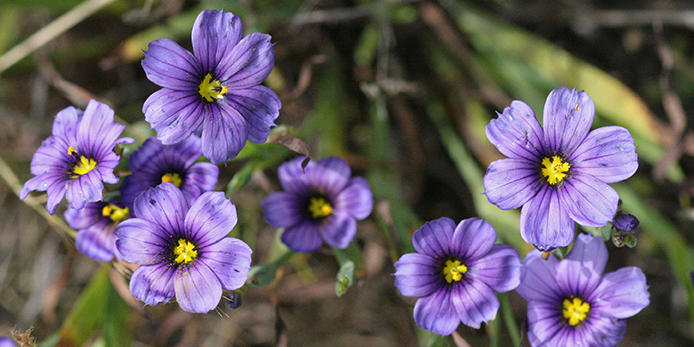
View images of each species at the bottom of this page.
If you’re like me, you choose to live in the beautiful Bay Area to avoid those long terrible winters that would require us to look at seed catalogs just to see some green. While the East is still buried under 3 feet of snow, our harbingers of spring have begun to bloom. What can you expect to see in March, if you head off on one of our many park trails?
Our first flowers are usually milkmaids (Cardamine californica), in bloom as early as January and found under trees and on north-facing slopes.
Under the redwoods, the fetid adder’s tongue (Scoliopus biglovii) can be seen by those with very sharp eyes in Muir Woods. These blossoms blend well with the soil. A little later, watch for the 4–5”-long curved pistils coming out of the flower.
Check meadows everywhere for the shiny, sunny, cheerful buttercups (Ranunculus californicus). Look low along trails to see footsteps of spring (Sanicula arctopoides), often only 1–2” high with their yellow leaf-like flowers.
Franciscan paintbrush (Castilleja subinclusa ssp. Franciscana) brightens hillsides along the coast. Notice how they always grow next to or under another plant. The paintbrushes are unable to manufacture enough of their own food, so they attach their roots to another plant. With what other species do you see them, most often?
Shooting stars (Dodocatheon hendersonii) are always a welcome sight with their cheerful nodding pink flowers, often under oaks. Zigadene lilies (Zigadenus fremontii) can be seen along trails and among the low bushes in the coastal scrubland and prairie. Soon after, the Douglas iris (Iris douglasiana) blooms in oak woodlands and meadows.
Another early blue flower is the hound’s tongue (Cynoglossum grande), a relative of garden borage. Watch for its giant group of leaves, followed by the 12–18” high flower stalk with about four to eight small blue flowers on top.
If you do the Miwok Trail in the Marin Headlands, you may enjoy the special treat of seeing the rare coast rock cress (Arabis blepharophylla)—look for it on those rocky hillsides, growing out of the chert.
We actually have a couple of native thistles in the park. In March you might see the beautiful cobwebby thistle (Cirsium occidentale), with pink flowers and lovely white cobweb-like fibers around the sepals.
If you have grown strawberries at home, you’ll recognize the native beach strawberry (Fragaria chiloensis). It was used in the breeding of the giant strawberries we eat!
In the meadows, look for the deep blue flowers of blue-eyed grass (Sisyrinchium bellum); although we call it a grass, it’s actually in the iris family.
You can’t miss those giant yellow daisies called mule’s ears (Wyethia angustifolia)—so called because the leaf looks like a mule ear.
In drainage ditches and seeps, look for a delicate yellow flower, the seep monkey flower (Mimulus guttatus); a little later, look for its cousin on the drier hills of the scrubland, the sticky monkey flower (Mimulus aurantiacus). Late in the month, complete your list by finding the perky pink checkerbloom (Sidalcea malviflora).
There are a number of trails in the Marin Headlands that offer opportunities to see many of these gorgeous wildflowers. Try the Coastal Trail, starting from the Highway 101 parking lot (just before the Golden Gate Bridge), and then continue to the top along the SCA Trail. You’ll see not only wildflowers but also amazing views of the City, East Bay, and the ocean—maybe even the Farallones looking out from Rodeo Valley.
Also check out the new bridges and improved Rodeo Valley Trail. Park at the west end of the housing complexes at Bunker and McCullough Road, take the new bridge across the wetland, and then turn left onto the Rodeo Valley Trail. Or, enter from the parking across from the old firing range further down Rodeo Valley.
So get out on those trails and let us know how many plants you see. If a plant you see is not shown here, send us a picture, and we’ll send back the name. Or you can check in at the National Park Service visitor centers in the Marin Headlands or Muir Woods.
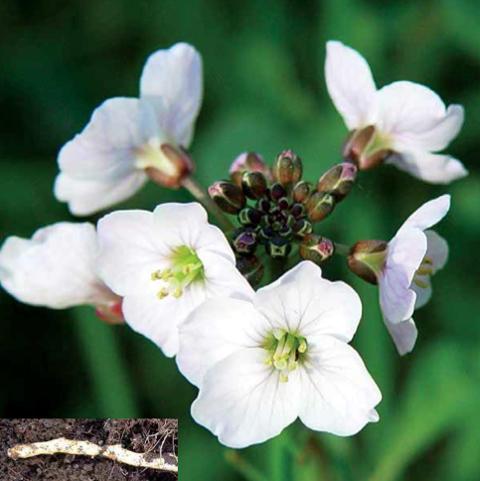 |
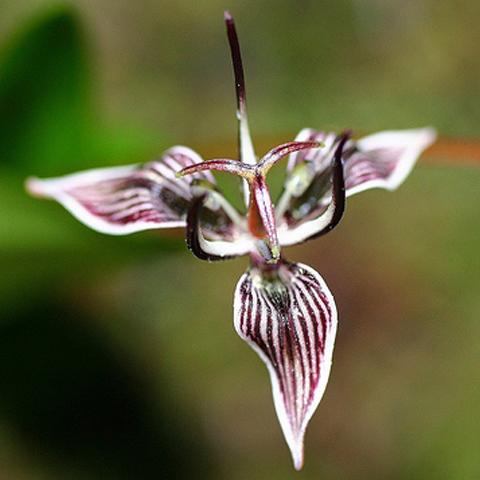 |
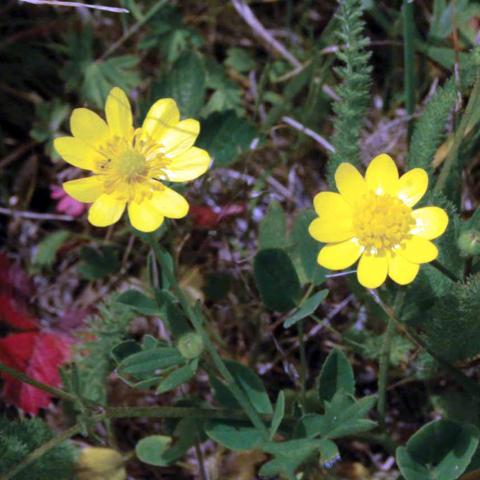 |
|
Milkmaids |
Fetid adder’s tongue |
Buttercups |
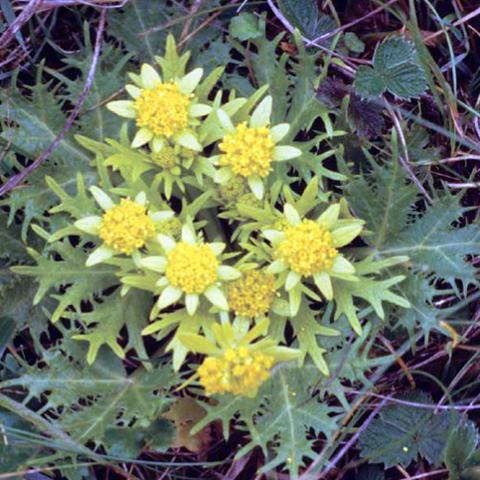 |
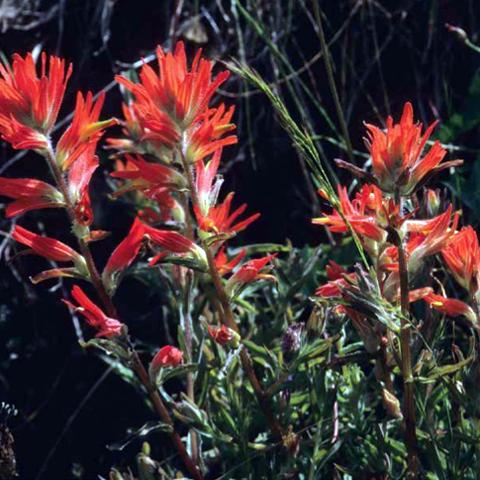 |
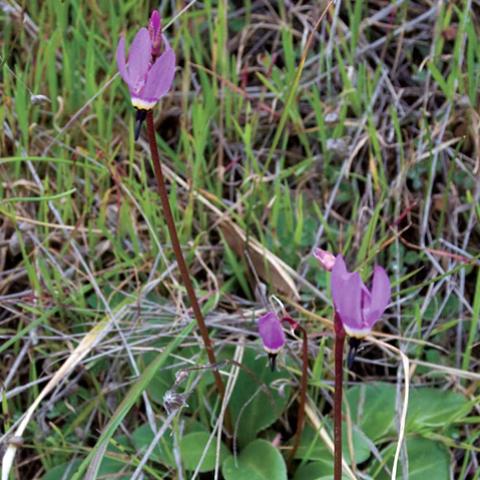 |
|
Footsteps of spring |
Franciscan paintbrush |
Shooting stars |
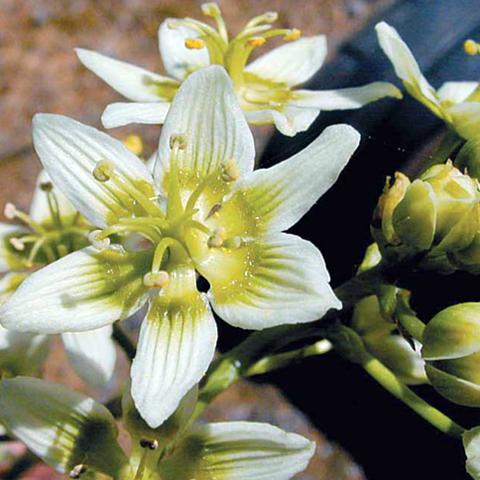 |
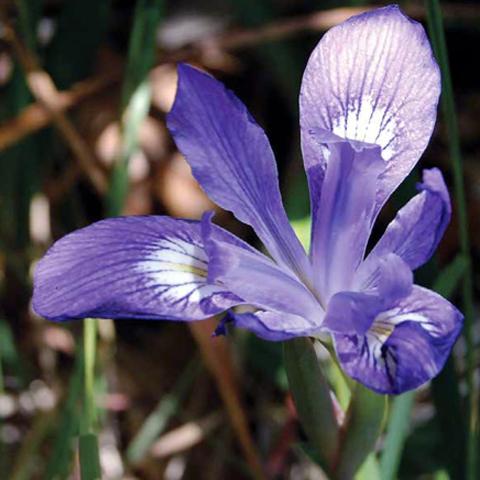 |
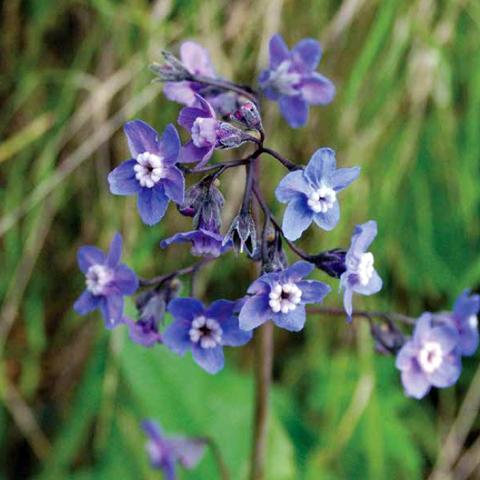 |
|
Zigadene lilies |
Douglas iris |
Hound's tongue |
 |
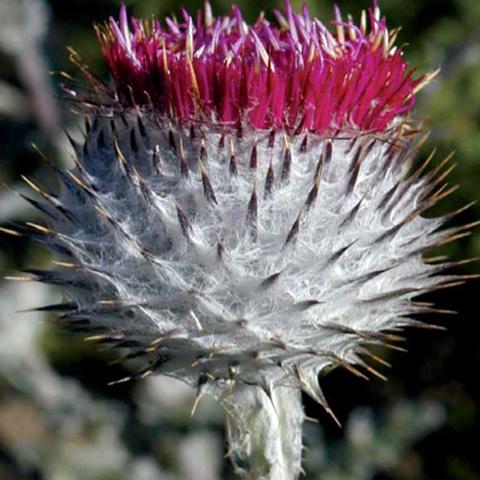 |
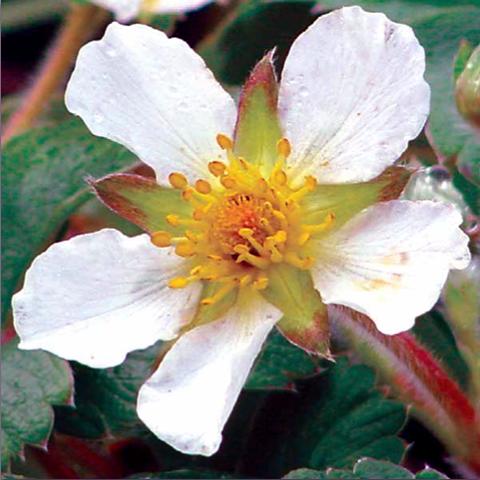 |
|
Coast rock cress |
Cobwebby thistle |
Beach strawberry |
 |
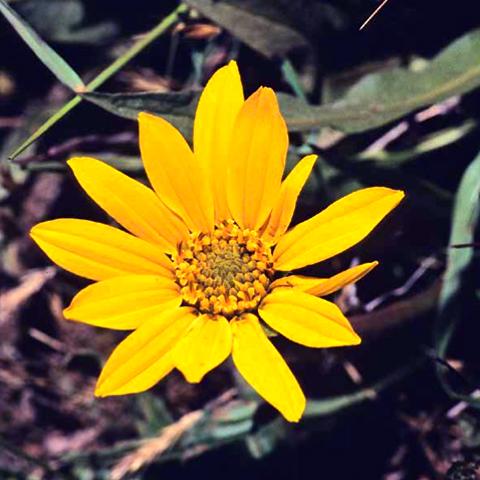 |
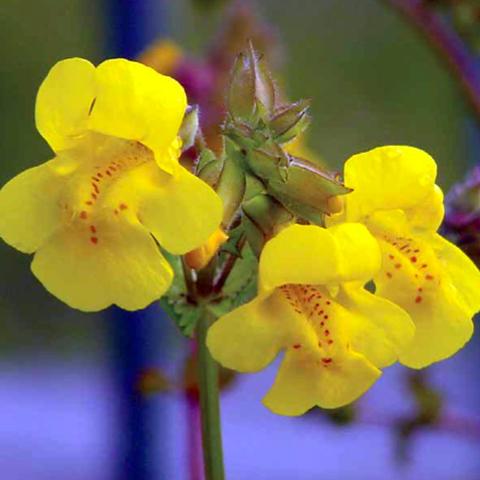 |
|
Blue-eyed grass |
Mule's ears |
Seep monkey flower |
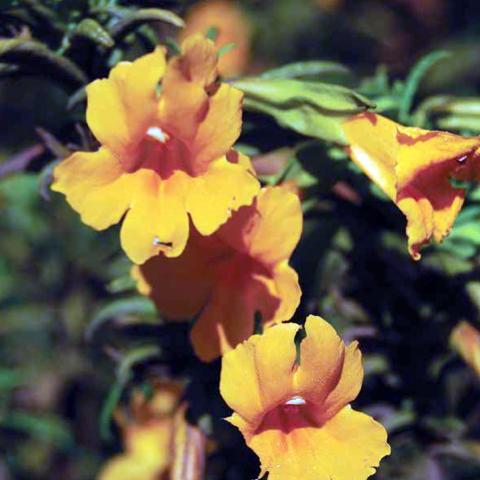 |
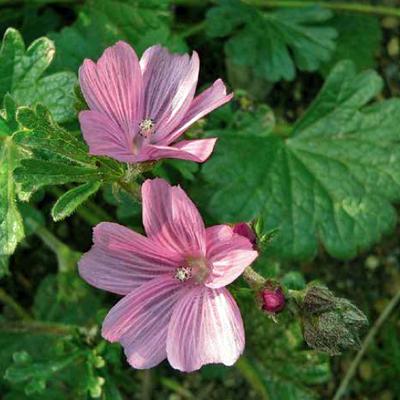 |
|
|
Sticky monkey flower |
Checkerbloom |
Your support helps fight climate change and promote park sustainability—please give now.